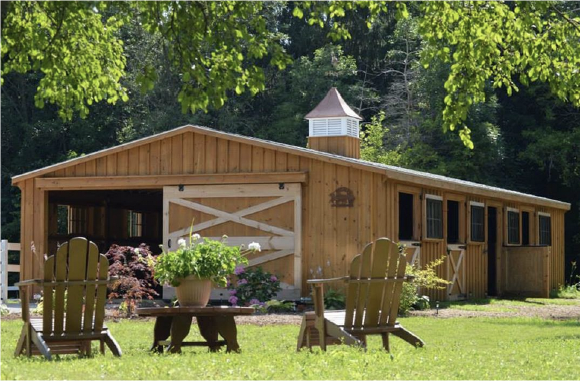Best Landscaping Practices Around Your New Horse Barn
By Nikki Alvin-Smith
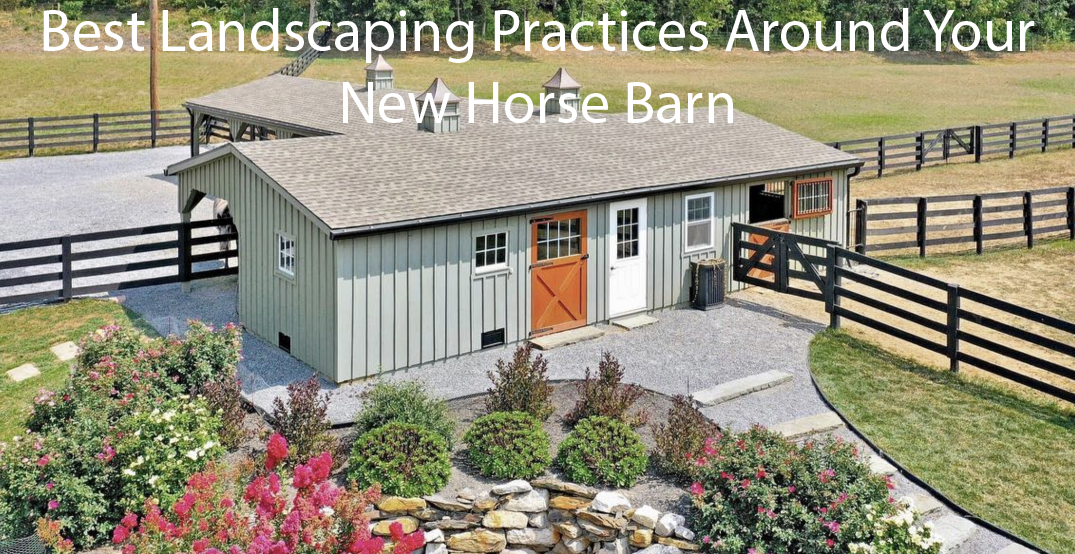
Beautification of your new horse barn will probably include some form of landscaping. There are two types of ‘scaping’ to consider; hardscape is just as it sounds, the ‘hard’ products you include in the design such as stone walls and paths, gravel, concrete and bricks; softscape is the plantings you add such as trees, shrubs and flowers.
The horse factor in the equation should determine smart selections of products for the horses’ safety. While that may seem obvious, many property owners overlook this important aspect of landscaping around the horse barn.
For example, pea-sized gravel may look pretty on the driveway and path to the barn but will embed in shod horses’ feet and be difficult to extract. The beautiful blossoming rhododendrons will naturally look very pretty next to the painted sliding doors at the front entrance but are highly toxic to horses if ingested. As in most things in life the choice of what to do or not do comes down to a decision of risk versus reward
Before you begin landscaping it is a good idea to fence a perimeter around the barn. This will keep Houdini horses from escaping onto roads down the driveway and hopefully minimize the invasion of larger wildlife like deer or alligators, and roaming neighborhood dogs (or invited human guests!).
Professional landscaping techniques are based around considerations of balance, proportion, color, harmony and repetition. For a center aisle barn balancing design to each side of the structure is straightforward, for a shedrow or other style building the design may require creativity to ensure a pleasing aesthetic.
There are plenty of resources available as to what plants/trees/flowers you should select, what to avoid, and how to lay out a garden for textural interest, seasonal appeal and proportion and layout of hard and soft landscapes in a space.
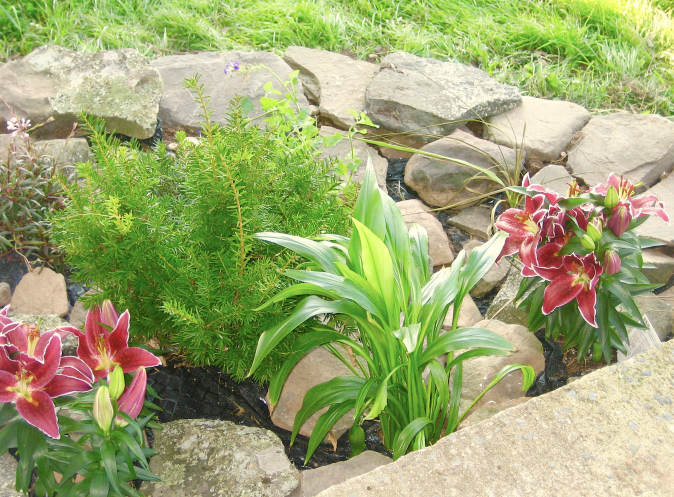
But here are some special considerations outside of the normal gardening practices that you may wish to incorporate into the overall design process if the environment includes our equine partners:
1. The Best Time To Plant A Tree Was 20 years Ago
The truth in this adage often encourages property owners to choose plants and trees that are fast-growing. The problem with fast growing nursery stock is that often it is not as securely rooted or doesn’t have the longevity that slower growing options provide.
Carefully evaluate the overall suitability of the site location, proximity to existing structures and the timeline for soft landscaping to reach maturity, and the height and breadth that such greenery may attain before you dig that square hole for the balled up rootstock.
2. Berries and Nuts May Drive You Nuts
Planting trees and shrubs that produce berries and nuts may seem an attractive idea, until you consider that fruit-bearing trees like the Persimmon, and nut producing varieties like the American Filbert (hazelnut), regardless of their level of toxicity to horses, will also encourage a multitude of wildlife including birds, deer, possums and squirrels to visit to forage and maybe ‘board’ at or near the barn. Diseases such as West Nile, EPM, tick borne diseases. PHF and the like are transmitted to livestock via wildlife. As fond as we may be of Bambi visitations and birdsong, it is always wise to keep wildlife and domesticated stock distant from each other where possible.
Another truth about berries is when a fruit bearing tree is planted near a pathway, the foot traffic will inevitably track the juice from those berries inside the building and cause stained floors. There goes that fabulous tack room pine floor!
For the same reason fruit/nut bearing trees should not be planted near parking areas. Acids from fruits can actually damage paintwork on vehicles, and no-one wants a windscreen full of seedlings.
3. The Root Of The Problem
Don’t plant deep-rooting trees and shrubs close to or over well/ town water or sewer pipes or cable/telephone lines. The roots may damage the pipes and lines, and if the services need to be accessed later, digging up shrubs and plantings will be both difficult and expensive.
4. When The Chips Are Down
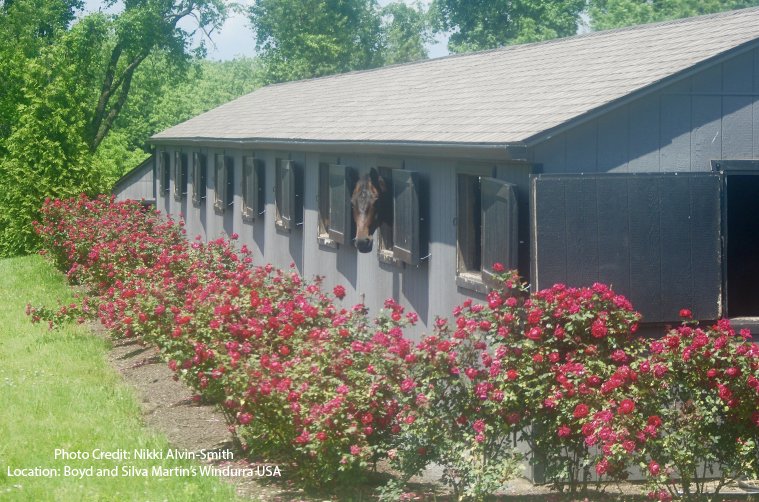
Wood or rubber chips laid around the plantings provide a good moisture barrier and with mesh added beneath weeds can also be kept at bay. However, certain types of wood/rubber chips and treatments they receive may be toxic to horses.
Bear in mind that high winds often lift chips/debris from garden beds, and they can be deposited in grazing areas. Especially those areas of grass that may be handgrazed close to the barn.
5. All Life Needs Water, But Not Too Much
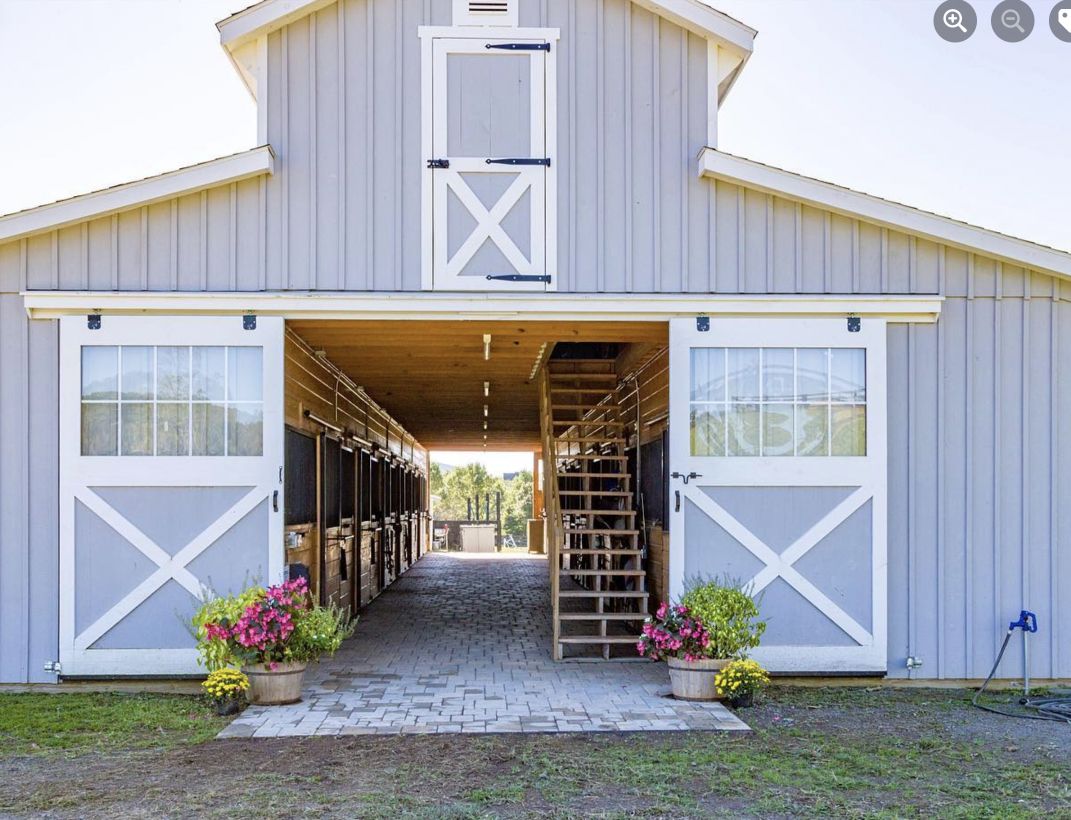
In cold climate it is a good idea to add some form of weatherproof watering system such as a frost-free faucet outside the barn that is handy for use for watering the garden all year around. Automated systems are very useful in warmer climates and can additionally save on water wastage.
Water run-off/snow melt from the roof of the horse barn on the other hand, should be guttered and taken away from the structure. Not only does this help prevent flooding in and around the barn, the high rate of discharge of excess water from a roof can make a muddy mess both on the ground and splashed onto the side of the building and will wash out soil around plants. Some roof types may even discharge toxic water. Never use roof run-off for a horse’s water needs and risk ingestion of toxic or contaminated water.
6. Winter Woes That Come With Snow
The layout and materials used in the landscaping design should account for snow plowing needs in areas where snowfall is likely. Access to all building ingress/egress points will require snow removal for safety, and emergency and daily use. Consider keeping access paths at least 10’ wide, so larger equipment may be utilized if needed.
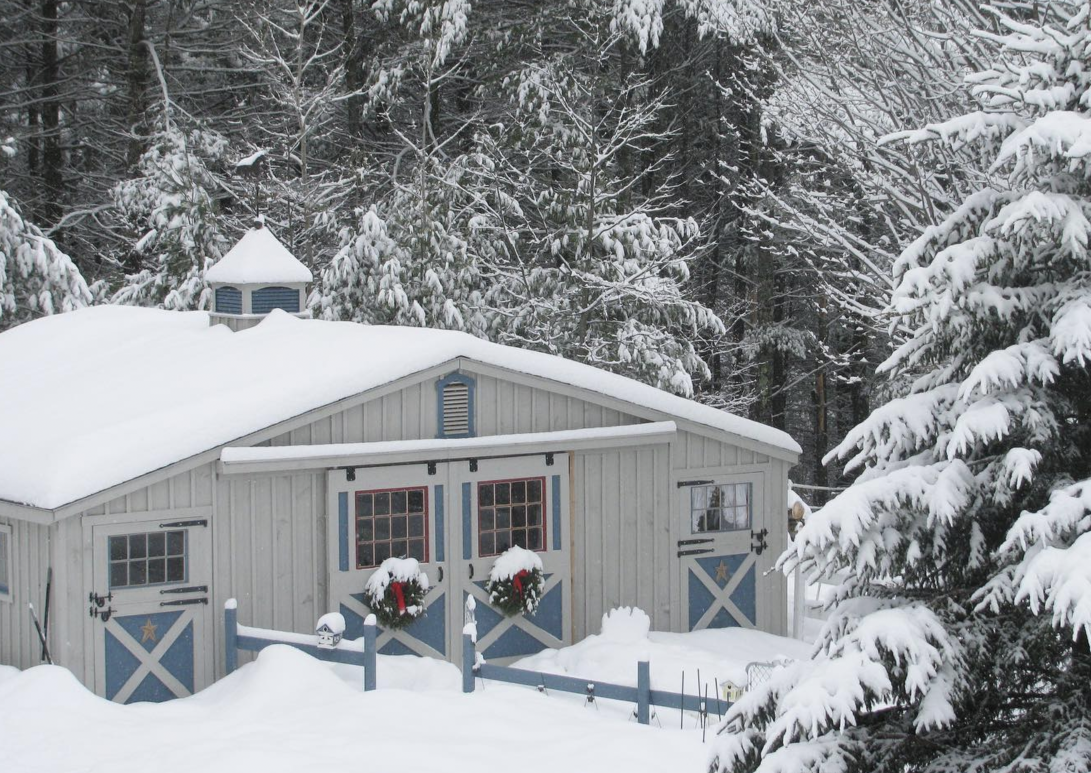
Similarly high traffic areas will require drainage solutions be installed to avoid muddy walkways during heavy rain events and ice conditions in cold climates. Planning ahead and implementing drainage solutions before laying gravel, concrete or grass can eliminate not just headaches in daily use but also prevent injury to horse and human.
7. Hardscape Distances
The majority of the time both horse and handler will be walking alongside each other to and from the barn. Paths should be wide enough to accommodate both easily as this offers a higher level of safety than a single lane track.
For barns with center aisles, access with UTVs or tractors may be needed for daily chores such as mucking out stalls. The wider the access the less likelihood of damage to other aspects of the property such as lawns, retaining walls and landscaping.
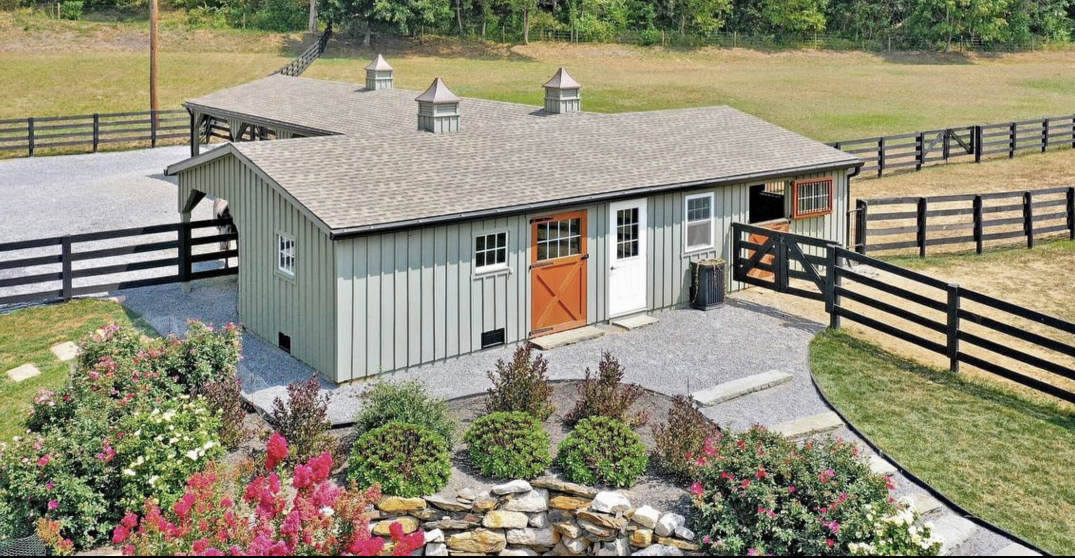
Allow enough space for large equipment to turn around in parking and access areas. The off-track for large trailers is substantial and gate widths should also accommodate even the less talented drivers!
If the layout of your landscape plan includes vehicular access to a building, it is a good idea to ‘plant’ pillars or bollards on each side of the doorway to prevent damage to expensive doors and the building itself from errant accidents.
In parking areas a curb block or stop can be used to limit the risk of harm to lawns, gardens or building walls.
8. The Height of Impracticality
Trees that are upright in profile are less likely to scratch, dent or ding high sided vehicles such as horse trailers with overhanging branches than trees with an umbrella profile.
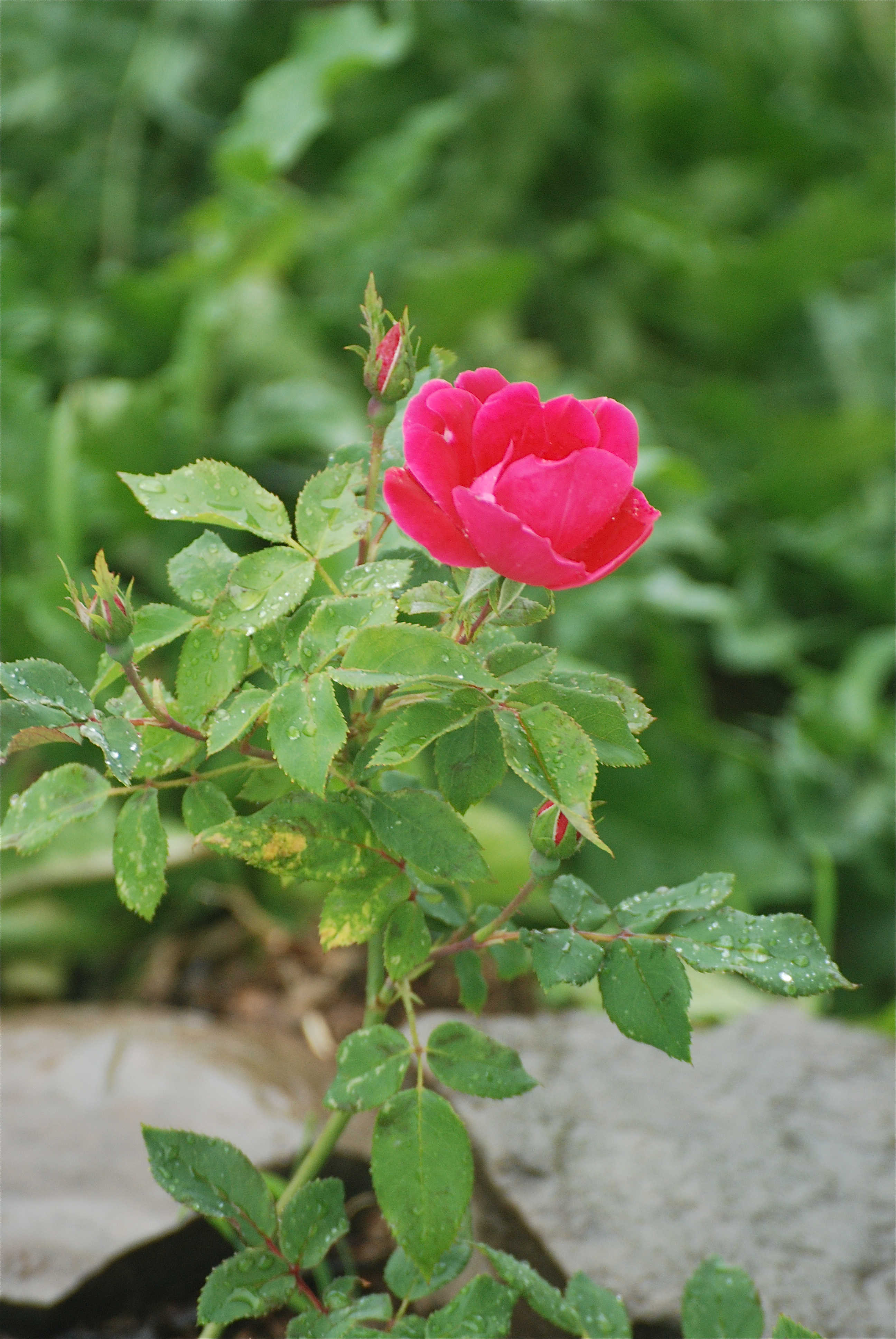 Consider leaf clean up needs in Fall for deciduous trees and the amount of maintenance the plantings are going to require year around.
Consider leaf clean up needs in Fall for deciduous trees and the amount of maintenance the plantings are going to require year around.
Tall deciduous trees such as oak and sycamores, may disperse seeds that are poisonous to horses during Fall months that can travel a tremendous distance. Trees planted close to a building also pose a risk of damage to the structure as they grow and exceed the roof height and may topple in high winds or lose boughs and branches.
Don’t plant prickly bushes next to parking areas where car or truck doors may brush against branches, or vehicle occupants may contact plantings. Riding breeches in particular are notoriously easy to snag on rough surfaces or prickly shrubbery.
Similarly consider the implications of using succulents or other plantings with needles or thorns around horse properties, as if a horse inadvertently steps close to them or plants his nose or face into the bush to investigate damage to eyes or skin layers can result.
9. Low Maintenance Matters
Unless you plan on employing a professional landscaping company to maintain the property be careful to plant easy to manage, grow and weed around designs. Fabric laid under the soil or moisture cover may impede weeds but inevitably some unwanted greenery will arrive.
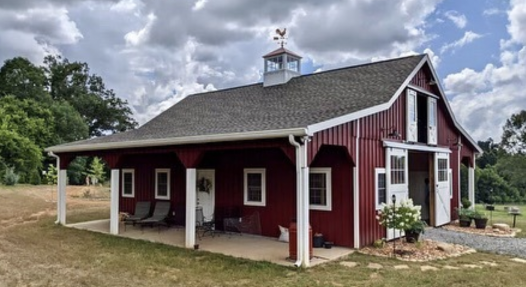
Ground cover plants are especially good at minimizing the need for persistent attention weeding and replenishing soil.
10. Vermin and Varmints
Vermin love to forage and dine on bulbs and certain plants. While the barn cat may enjoy guarding the garden, you don’t want to invite vermin to take up residence near the barn and neither do you want to lose expensive plants to voles, mice and other visitors such as rabbits and squirrels.
Bulbs can be secured in a chicken wire cage when planted to help defray the vermin attacks and careful selection of flowers and shrubbery can help mitigate the destruction from unwanted diners.
Coming Next Issue: Weed Control on the Horse Farm ..stay tuned..
